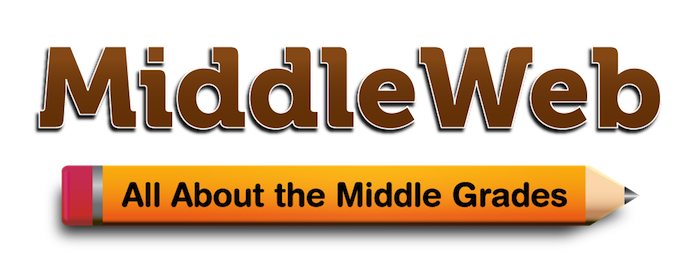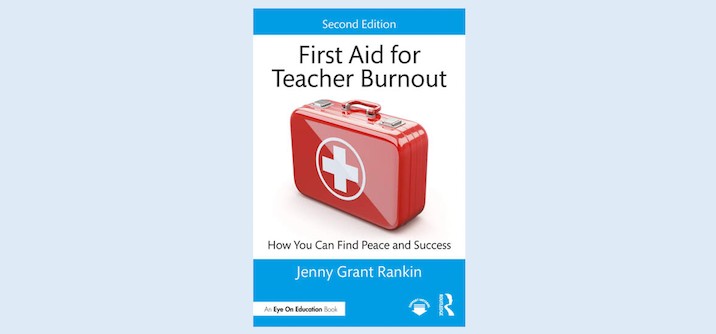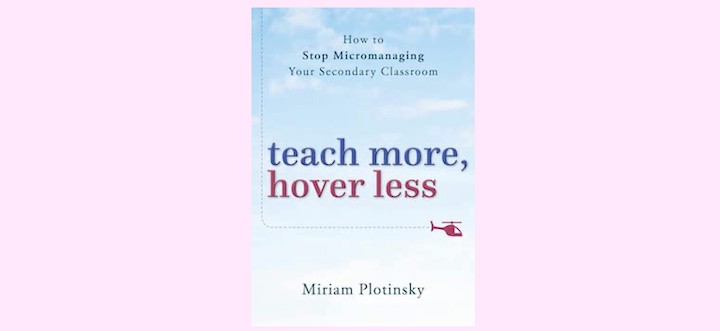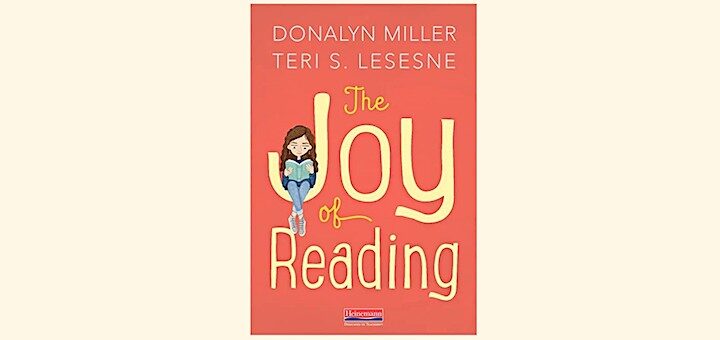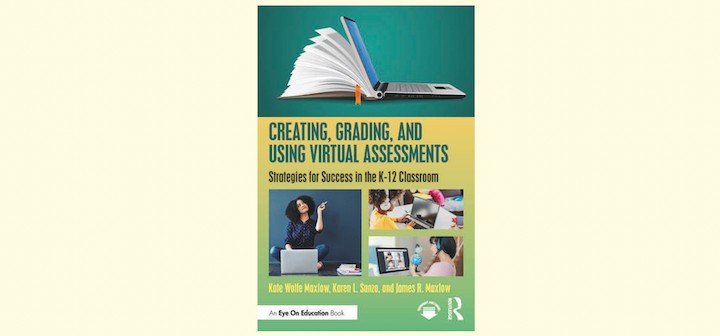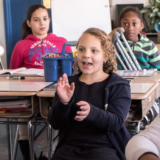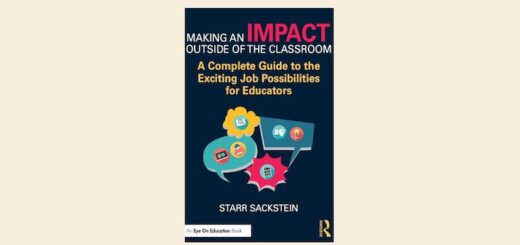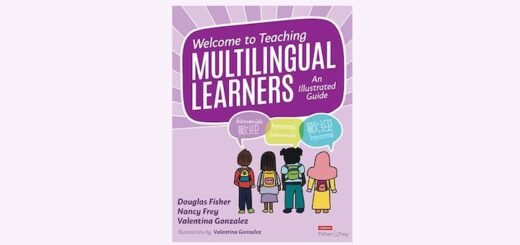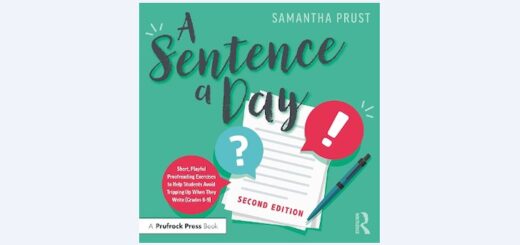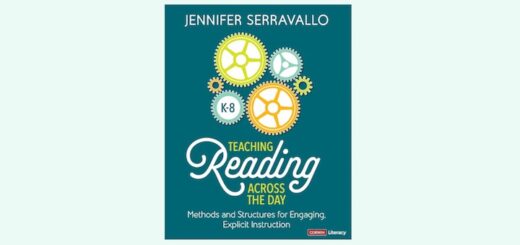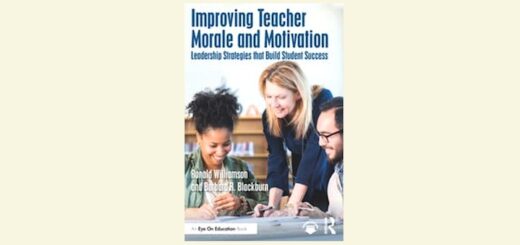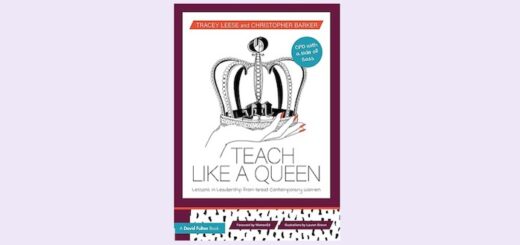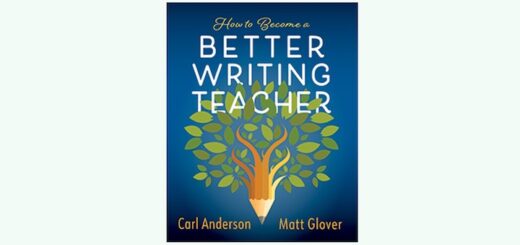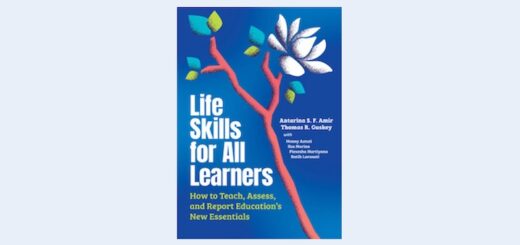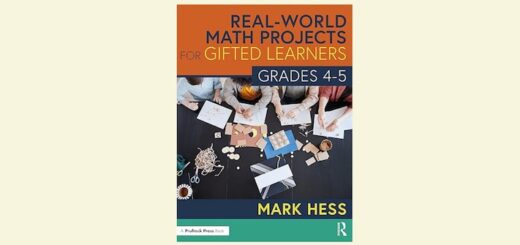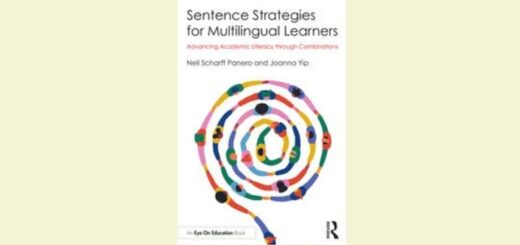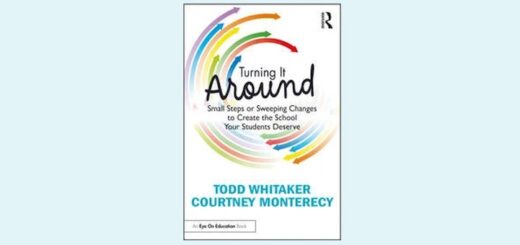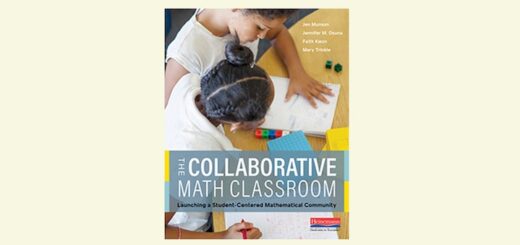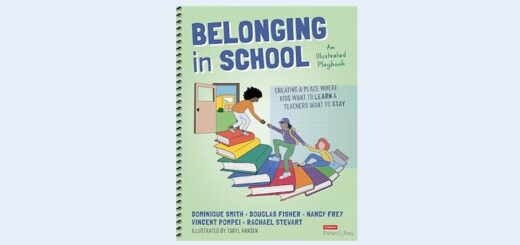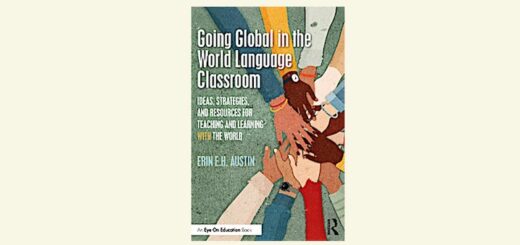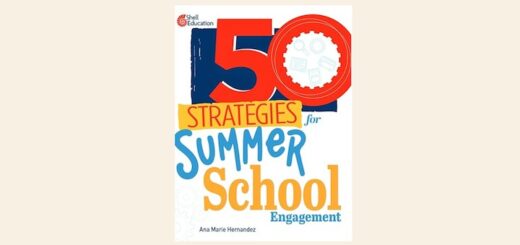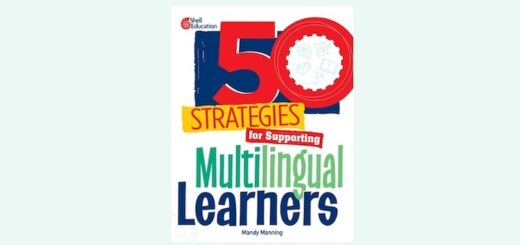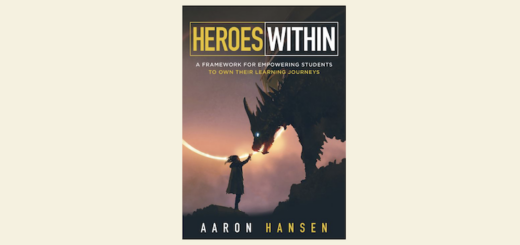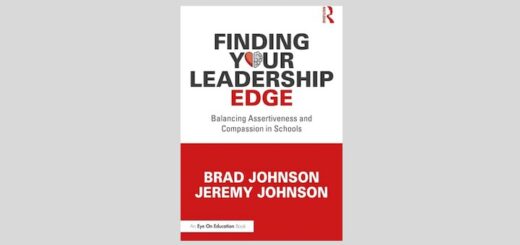Teaching and learning in grades 4-8
Learning to problem solve is no easy feat for the students or the teachers in math classrooms. 5th/6th grade teacher Mona Iehl shares ideas for incorporating practices in daily lessons that can help build a ‘safe and sure’ culture where reasoning and problem solving are the norm.
Stress, excessive workload, unrealistic mandates, and daily expectations can add up to burnout. Jenny Grant Rankin’s First Aid for Teacher Burnout combines strategies to alleviate stress, streamline grading, tame technology and practice self care. Essential reading!
Miriam Plotinsky asks for a mindset shift toward student autonomy and then focuses on creating deeper relationships so that students have a safe space to take risks. The goal? A less micromanaged, more student-directed learning environment, writes teacher Rebecca Crockett.
To move beyond traditional classroom discussion focused on answering a few teacher questions, Dr. Barbara Blackburn advocates student-driven discourse that emphasizes “on-task” talk and academic vocabulary. The result: purposeful dialogue leading to deeper understanding.
The life skills students learn in our classes prepare them to thrive in the real world. Middle grades teacher Laleh Ghotbi shares some lessons from her effort to use weekly community-building circles in her classroom to help students learn to respect their differences and focus on common values.
Choice in reading is about student autonomy and motivation. It’s especially effective with kids who don’t like to read. Stephanie Farley’s well-honed system lets 8th graders read any text they choose AND meets standards – even though they never all read the same book.
The Joy of Reading “is manna for those of us who love reading and can’t imagine not having a book at hand,” writes Cathy Gassenheimer. It’s a must-have tool for educators who teach students how to read and seek to expand their own comprehension and love for stories.
Building on the surge in virtual and blended teaching during the pandemic, the authors show how teachers across content areas can further develop their virtual and digital skills. Their well-organized book sustains an accessible, mentoring tone throughout, writes Theresa Wood.
Educational leadership classes are great for the principalship. Not so much for the job of assistant principal. AP DeAnna Miller shares helpful advice she has found on her own in the books of Baruti Kafele (values and beliefs) and Ryan Donlan (day-to-day management and more).
Compassionate discipline calls us to action, writes SEL & the Brain expert Marilee Sprenger – actions much different from our usual vision of discipline. Showing compassion and managing our behavior can help our students recognize their own emotions and regulate themselves.
